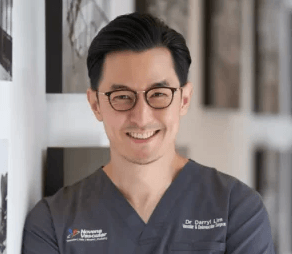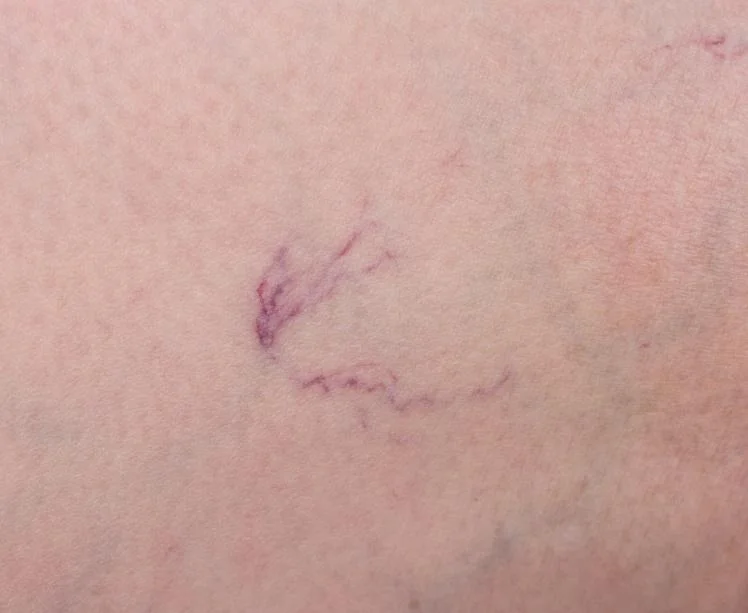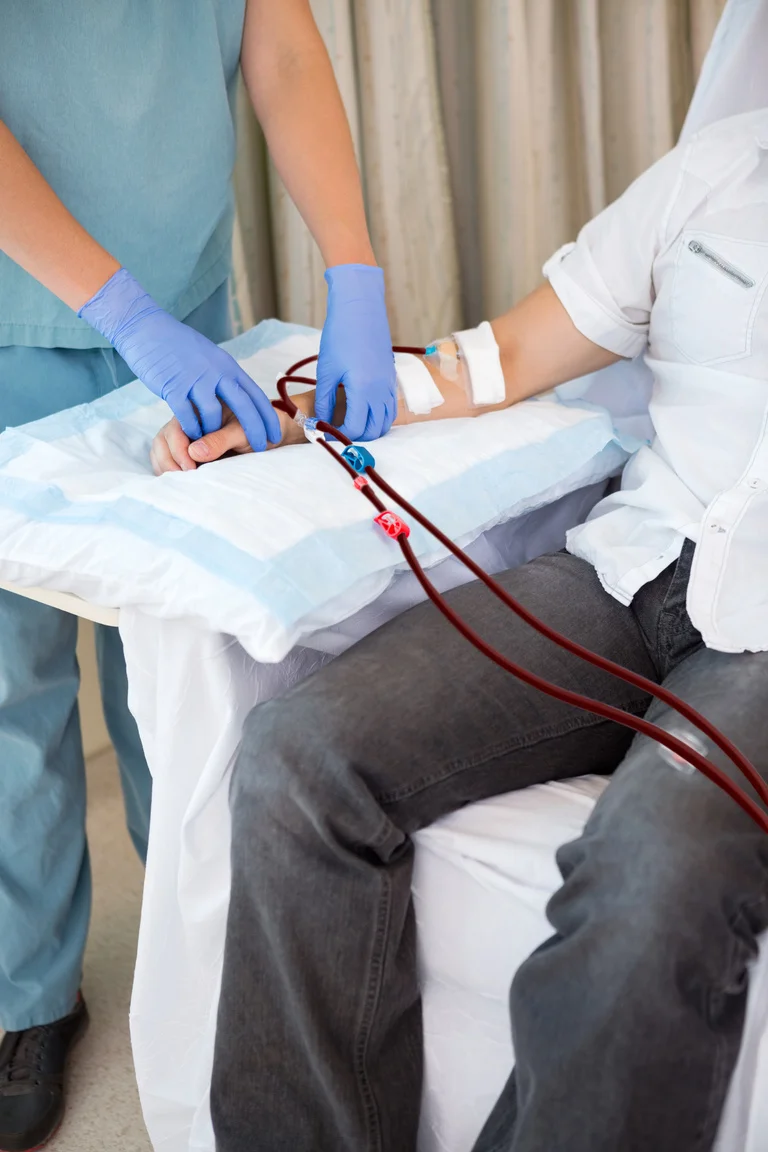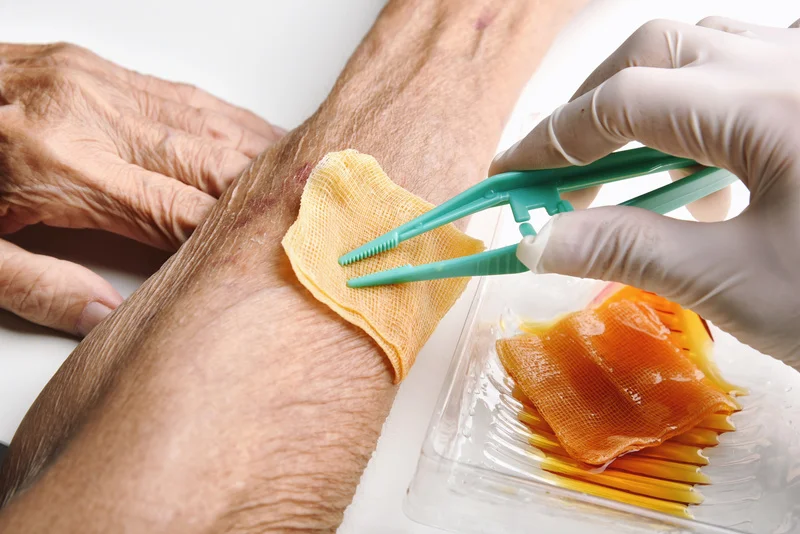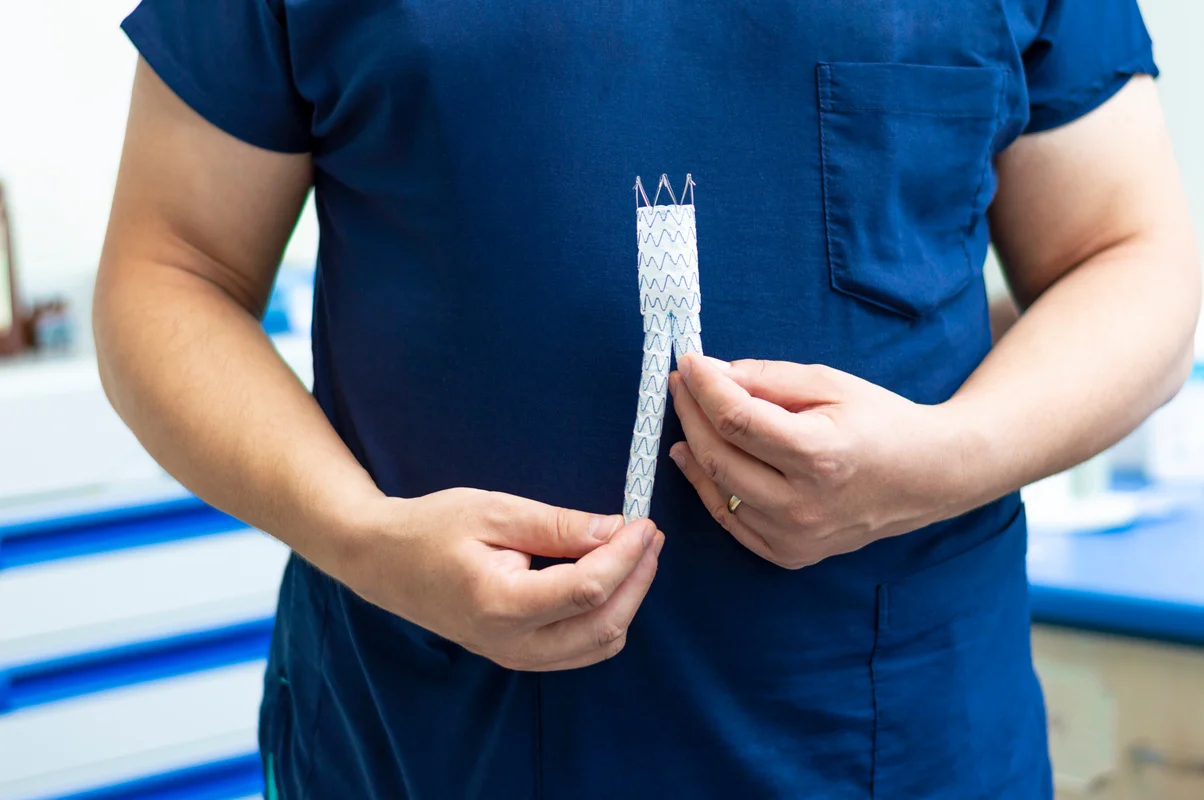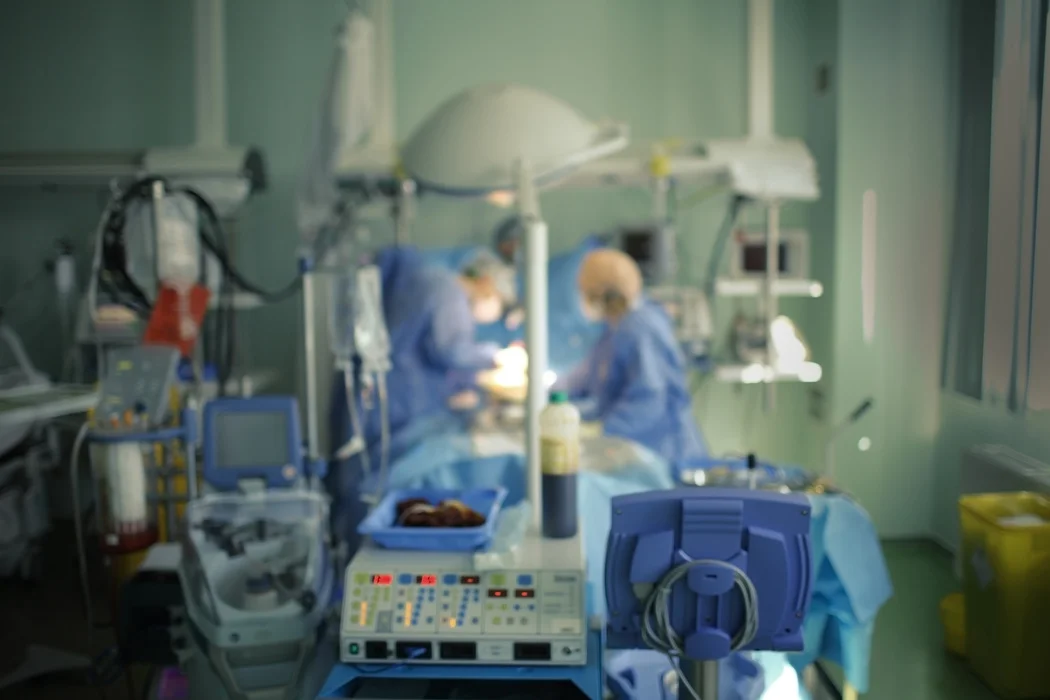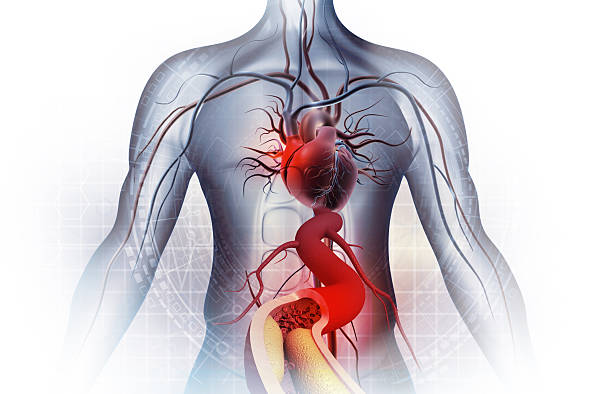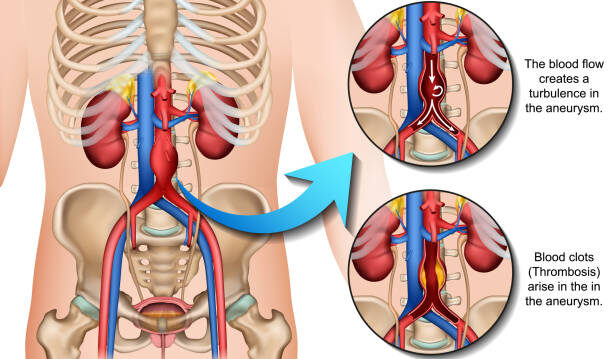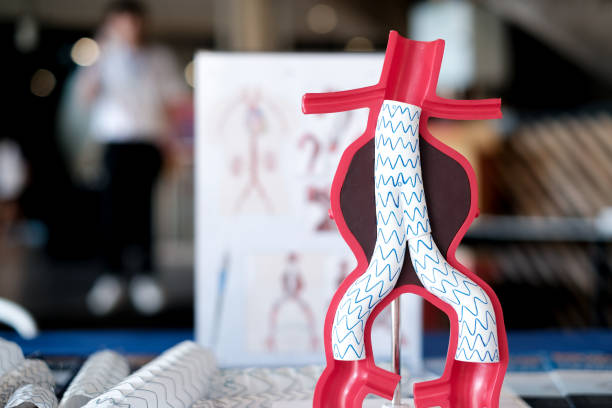
Most aortic aneurysms cause no symptoms until they are large or close to rupturing, which is why they are often called “silent killers”. Many are picked up by chance during scans done for other reasons. When symptoms do appear, they can include deep abdominal pain, lower back pain, or a noticeable pulse in the tummy. Sudden, severe abdominal or back pain is an emergency and needs immediate medical attention.
Why most aneurysms go unnoticed
Aneurysms often grow quietly for years. Doctors frequently find an abdominal aortic aneurysm during an X-ray, ultrasound, or CT that was ordered for something else, or during a routine check. This is why awareness matters, and why people at higher risk should consider a short conversation about screening.
Aneurysms may be entirely asymptomatic until late, and any symptoms depend on where the aneurysm sits, whether in the abdomen or chest.
Abdominal Aortic Aneurysm (AAA) symptoms
An abdominal aortic aneurysm is a balloon-like widening of the main artery in your tummy, usually below the kidneys, where the wall has become weak and stretched.
Most people feel nothing at all. When symptoms do appear, they tend to be gradual and a bit vague, which is why AAAs are often missed until a scan spots them.
What people sometimes notice
- Deep, steady abdominal pain. This usually sits in the centre of the tummy and can drift to the side or groin. It often feels like a persistent ache rather than sharp, stabbing pain.
- Lower back pain. Dull, nagging discomfort in the lower back is common. It may come and go, or linger for weeks. Because back pain is so common, this is easy to dismiss as unless an aneurysm scan is done.
- A visible or palpable pulse near the belly button. Some people notice a rhythmic thumping when lying flat. This is more likely if the aneurysm is very large or if you are slim.
Thoracic aortic aneurysm symptoms
A thoracic aortic aneurysm is a similar balloon-like widening, but it sits in the chest portion of the aorta, near the heart and lungs, where it can press on nearby nerves and airways.
Thoracic aneurysms often cause no symptoms until they are larger, but when they do, it is usually because the bulge is pressing on surrounding structures.
What people sometimes notice
- Deep chest or upper back pain. This can sit behind the breastbone or between the shoulder blades and may feel heavy or pressure-like.
- Hoarseness or a persistent cough. The enlarged aorta can irritate the voice nerve or airway.
- Breathlessness on exertion. Very large aneurysms can press on the lungs or affect how the heart valves work.
- Trouble swallowing. Less common, but pressure on the oesophagus can make swallowing uncomfortable.
Red flag warning signs
Call emergency services immediately if any of the following occur. In Singapore, dial 995.
- Sudden, severe abdominal or back pain, especially if it is unlike your usual aches. This is sometimes described as tearing or ripping in nature.
- Feeling faint, sweaty, or unwell at the same time. Other signs of shock include cold, clammy skin, confusion, or extreme weakness
These can indicate an impending or actual rupture and need urgent hospital care. Do not drive yourself. If you have a known aneurysm and develop these symptoms, treat it as an emergency without delay.
Why the term silent killer is used
Many aneurysms do not announce themselves until they are large or unstable. That late presentation is what makes rupture so dangerous, and it is why early detection is the goal.
Who should be extra alert in Singapore
Aortic aneurysms often grow silently over many years, which is why they are frequently described as “silent killers”. Certain groups carry a higher risk. Older age, male sex, smoking, high blood pressure and a family history of aneurysms are the strongest contributors.
Although Asian studies, including those from Singapore, show a lower overall prevalence compared to Western populations, the risk still rises significantly in older men with cardiovascular risk factors. This is the group most likely to benefit from a simple discussion about having a one-off abdominal ultrasound.
In the United Kingdom, all men are invited for abdominal aortic aneurysm screening at the age of 65. Singapore does not have an equivalent national screening programme, but in clinical practice we often borrow UK and international guidelines to help stratify high-risk patients. This means screening can still be appropriate in selected individuals here.
What to do next
If you are high risk, especially:
- Men aged 65 and above
- Anyone with a current or past smoking history
- Anyone with a first-degree relative who had an abdominal or thoracic aortic aneurysm
- Individuals with existing cardiovascular disease such as coronary artery disease, peripheral arterial disease or a previous stroke
If you fall into any of these groups, it is reasonable to speak with your GP or vascular surgeon about a one-time abdominal ultrasound. It is quick, painless and remains the most reliable way to detect an aneurysm before it causes problems.
Do not wait for symptoms. Most people feel completely well until an aneurysm becomes large or unstable, and by then it may already be an emergency. If you have risk factors, it is worth taking a few sensible steps such as stopping smoking, keeping blood pressure and cholesterol in check and staying active. A simple ultrasound, combined with these everyday habits, can meaningfully reduce the chance of a life-threatening problem later on.
A gentle next step
If you would like a personalised risk review or screening plan, you can book a consultation with Dr Darryl Lim. He will talk through your individual risk factors, arrange the appropriate scan if it is needed, and explain the results clearly in straightforward, easy to understand English.

